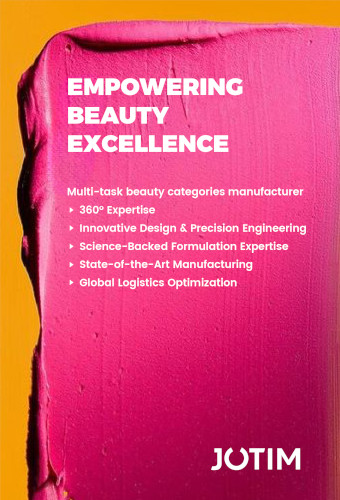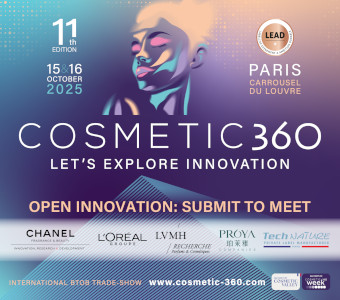
A report from market research company Mintel has found that British women spent a whopping £1.15 billion (approximately US$ 1.46 billion) on facial skincare in 2017, a figure that is expected to climb to £1.18 billion for 2018. By 2023, Mintel expects the industry to increase by 15 percent to reach a value of £1.36 billion (approximately US$ 1.73 billion or EUR 1.52 billion).
Cleansing appears to be one of the main product categories driving the growth. About 92 percent of British women currently use facial cleansers, be it face wash (55 percent) wipes (54 percent) or micellar water (27 percent). The proportion of women using day cream has also increased over the past year, rising from 59 percent in 2017 to 66 percent in 2018, with night creams also increasing in popularity, from 39 percent to 48 percent in the same timeframe.
"As beauty trends continue to be inspired by Korean facial skincare routines, which can reach as many as 10 steps, British women are adopting multiple cleansing routines and even using different cleansers for different occasions," said Roshida Khanom, Associate Director, Beauty & Personal Care at Mintel. "Facial wipes remain popular due to their convenience and are sometimes used instead of a facial cleanser; however, with government plans to eliminate single use products like facial cleansing wipes, the category could be affected.”
The SPF paradox
However, when it comes to sun protection, the report found British beauty buffs to be less enthusiastic, with only 47 percent of the 1,008 women surveyed saying they used facial skincare products containing SPF. Some 40 percent of respondents said they were confused about appropriate levels of daily sun protection.
Paradoxically, when questioned about factors that can take a toll on the complexion, 72 percent of skincare users cited sun exposure as having the biggest impact, followed by pollution (41 percent) and cold weather (39 percent). Sleep was considered the biggest internal influencer for 62 percent of participants, followed by diet (54 percent) and water consumption (46 percent). However, only 5 percent were aware of the possibility of damage caused by the blue light and HEVL (high-energy visible light) emitted by mobiles and other electronic devices.
“Exposure to heavy blue light/high energy visible light (HEVL) from electronic devices such as computers and smartphones has become a daily occurrence for many consumers. While there is currently little definitive proof that HEVL exposure can impact the appearance of skin, scientific studies as recent as this year suggest such exposure may accelerate pigmentation changes and add fine lines and wrinkles. It is clear from our research that most consumers are unaware of the damage HEVL is capable of doing to our skin. Brands have an opportunity to rewrite the traditional anti-ageing narrative, and advocate a new set of pro-health skin solutions that are driven by blue light protection,” concludes Roshida.



































